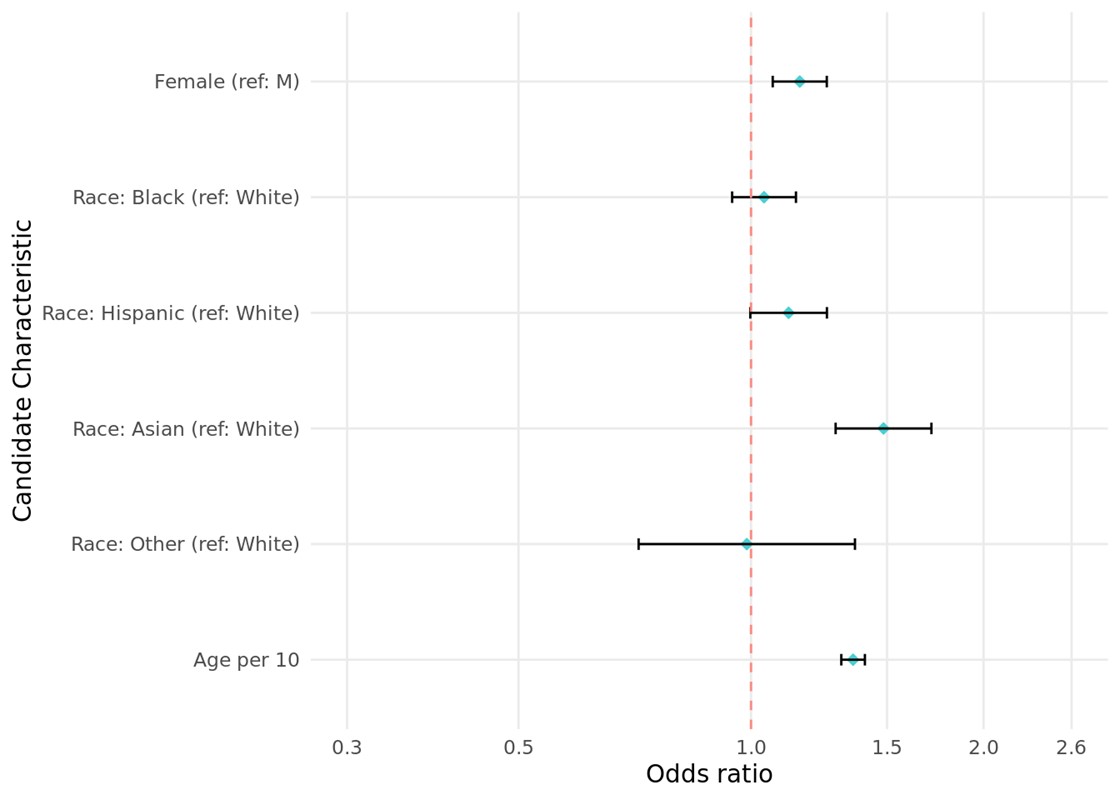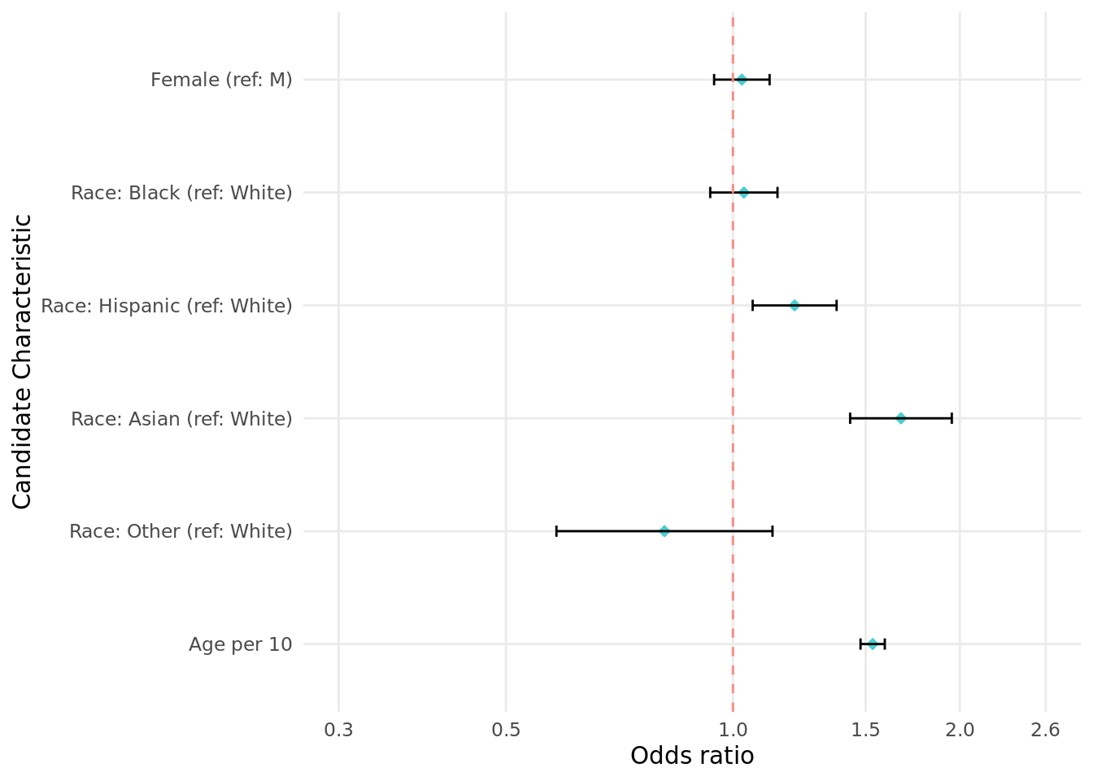Characteristics of recipients of kidneys allocated out of sequence (rescue allocation) in the United States
Luckmini N Liyanage1, Suhani S Patel1, Daniyar Akizhanov1, Dorry L Segev1,2, Allan B Massie1, Darren E Stewart1, Sommer Gentry1,2.
1Surgery, NYU Grossman School of Medicine, New York, NY, United States; 2Scientific Registry of Transplant Recipients, Minneapolis, MN, United States
Introduction: The US lacks a formal rescue allocation procedure; instead, local organ procurement organizations may use out of sequence allocation of kidneys to skip candidates with higher priority at their discretion to avoid kidney non-use. Recently, OOS allocations rose from 3-5% before 2021 to 13% in 2023. We sought to compare those receiving these out of sequence allocations to those who had similar allocation priority but were skipped.
Methods: Using OPTN data on kidney offers 3/16/2021-12/31/2023, we compared the characteristics of: recipients of standard allocation kidneys, recipients of OOS kidneys, the last skipped candidate for each OOS kidney, and the last skipped candidates at the same center where each OOS kidney was transplanted. Additionally, to examine candidate characteristics associated with receiving OOS kidneys (vs being skipped), we conducted a logistic regression conditioning on donor ID.
Results: Recipients of OOS kidneys were older [61 (51, 68)] than recipients of standard allocation kidneys [55 (42, 64)] and older than the last candidate bypassed on the waitlist [57 (45, 65)]. OOS kidneys less often went to women compared to standard placement (34.4% OOS vs. 40.7% standard). OOS kidneys less often went to Black (31.8% OOS vs. 35.9% standard) and Hispanic (18.1% OOS vs. 21.3% standard) recipients compared to standard placement. Recipients of OOS kidneys were less often Black than the last skipped candidate on the waitlist (31.8% vs. 33.9%) and less often Black than the last skipped candidate at the center of each OOS transplant (30.8% vs. 35.0%). Recipients of OOS kidneys less often had end cPRA>80 than the last skipped candidate on the waitlist (2.5% vs. 4.8%) and the last skipped at the center of each OOS transplant (2.5% vs. 8.2%). Compared to those skipped over on the waitlist, recipients of OOS kidneys were more likely to be female (1.071.161.25, p<0.001), Asian (1.291.481.71, p<0.001) and older candidates (1.311.361.40, p<0.001) (Figure).
Compared to those skipped over at the accepting center, recipients of OOS kidneys were more likely the be Hispanic (1.061.211.37, p<0.01), Asian (1.431.671.95, p<0.001), and older (1.481.531.59, p<0.0001) (Figure).

Conclusions: OOS allocation directs hard-to-place kidneys to candidates who are older, female, or Asian, and disadvantages Black candidates. OOS placement may facilitate the use of otherwise unusable organs, but could potentially drive disparities in access to care, and a formalized rescue allocation procedure should be created.
National Institutes of Health R01DK132395. Mendez National Institute of Transplantation Foundation grant.
[1] Kidney allocation
[2] Rescue allocation
[3] Organ utilization
